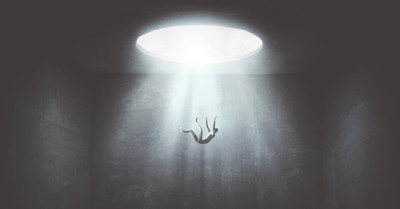Researchers Comprehensively Assess the Safety of Using Your Head in Youth Soccer
-
Jim Liebelt Jim Liebelt's Blog
- Published May 30, 2023
The following is excerpted from an online article posted by ScienceDaily.
Repeatedly heading a soccer ball has been previously associated with negative long-term brain health for professional players. However, in a new study from researchers at the Minds Matter Concussion Program at Children's Hospital of Philadelphia (CHOP), a small number of repeated soccer headers equivalent to a throw-in did not cause immediate neurophysiological deficits for teens, suggesting that limited soccer heading exposure in youth sports may not result in irreversible harm if players are properly trained.
The findings, which represent the most comprehensive real-time study of soccer headers in adolescent athletes, were published in the Journal of Biomechanical Engineering.
For some professional athletes, repeated head loading in sports -- using your head as part of the game -- is associated with negative long-term brain health even when there are no initial clinical symptoms. Despite the awareness of long-term consequences, short-term neurophysiological issues after repeated head impacts like soccer heading are poorly understood in youth athletes.
In 2015, the US Soccer Federation implemented limits on soccer headers for teens during practice -- no more than 30 minutes of header practice time and no more than 15 to 20 headers per week.
"Soccer is a sport where intentionally using your head to hit the ball is an integral part of the game, and concern over its long-term effects has parents, caregivers and coaches understandably concerned," said first study author Colin Huber, PhD, a postdoctoral research fellow at Emory University who conducted this research while with the Center for Injury Research and Prevention (CIRP) at CHOP. "We wanted to simulate these effects in a controlled laboratory setting and build upon the work of prior studies to quantitatively assess the neurophysiological effects of repeated soccer heading."
In this study, 19 participants (17 male, 2 female) between 13 and 18 years old were assigned to either a frontal heading group (directing the ball back to where it came from), an oblique heading group (directing the ball to the right) or a kicking control group. These participants completed neurophysiological assessments immediately prior to, immediately after and approximately 24 hours after completing 10 headers or kicks. These assessments included multiple eye movement tracking, pupil response and balance tests.
The study ultimately found no neurophysiological issues in either group when compared with the kicking control group, even when taking the six different assessments into account. However, oblique headers resulted in higher levels of angular head motion. Angular motion is associated with concussions and other brain injuries, suggesting that players should be properly trained to head the ball in a frontal fashion to reduce the risk of injury.
Source: ScienceDaily
https://www.sciencedaily.com/releases/2023/05/230524181945.htm


















